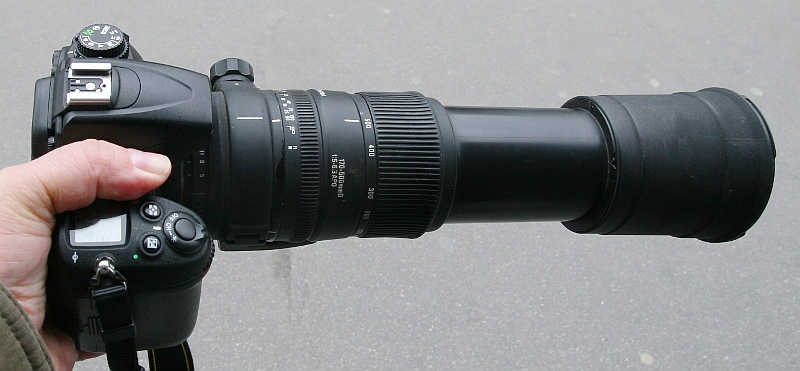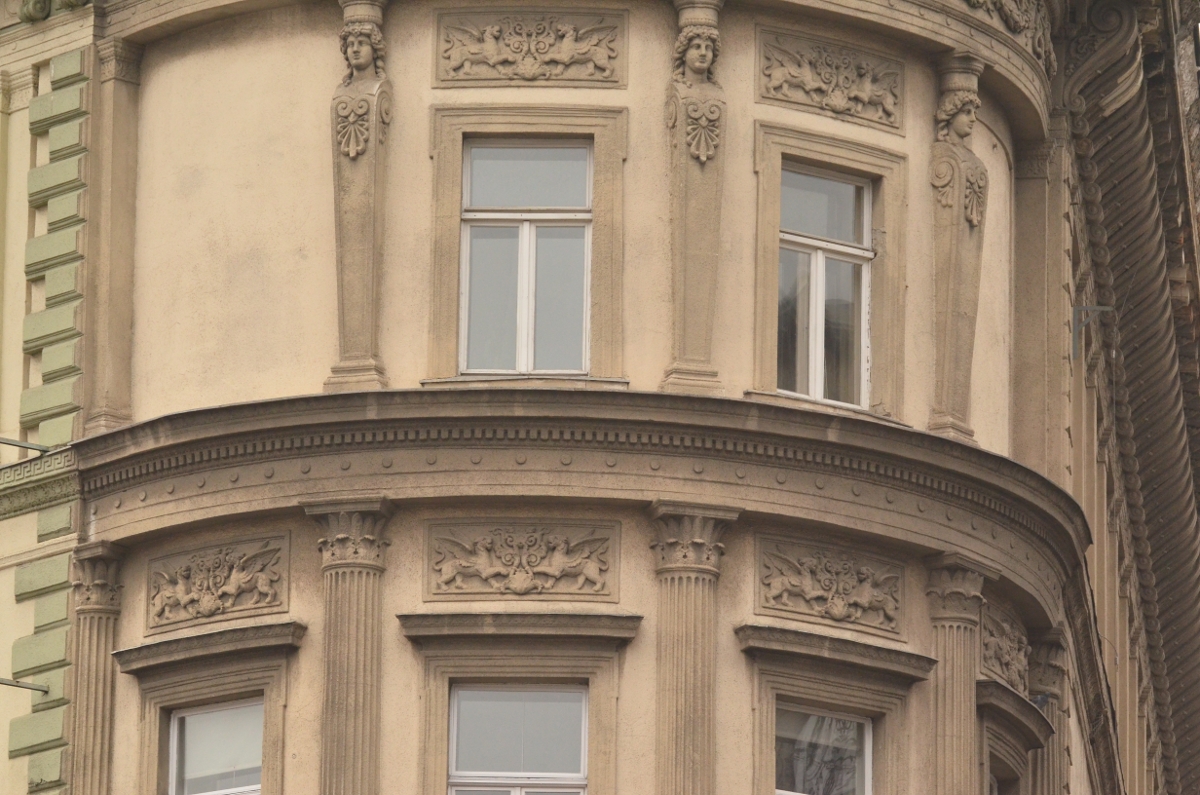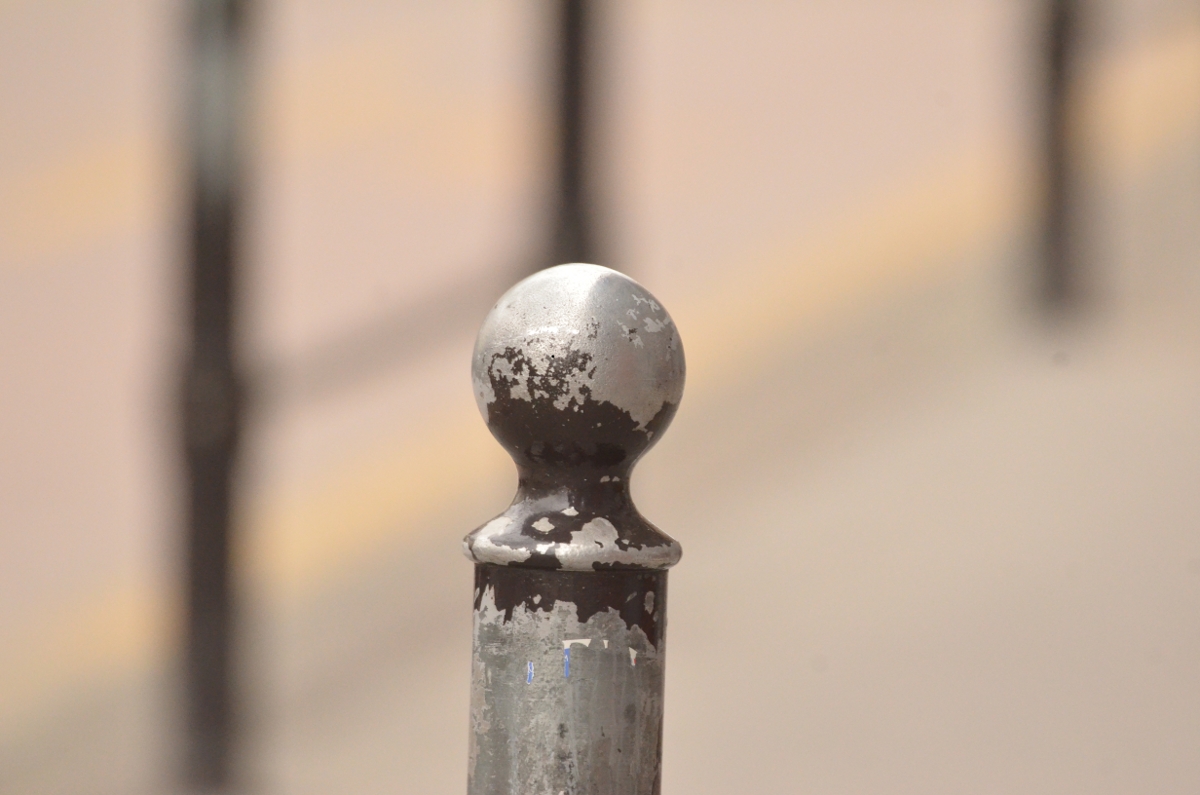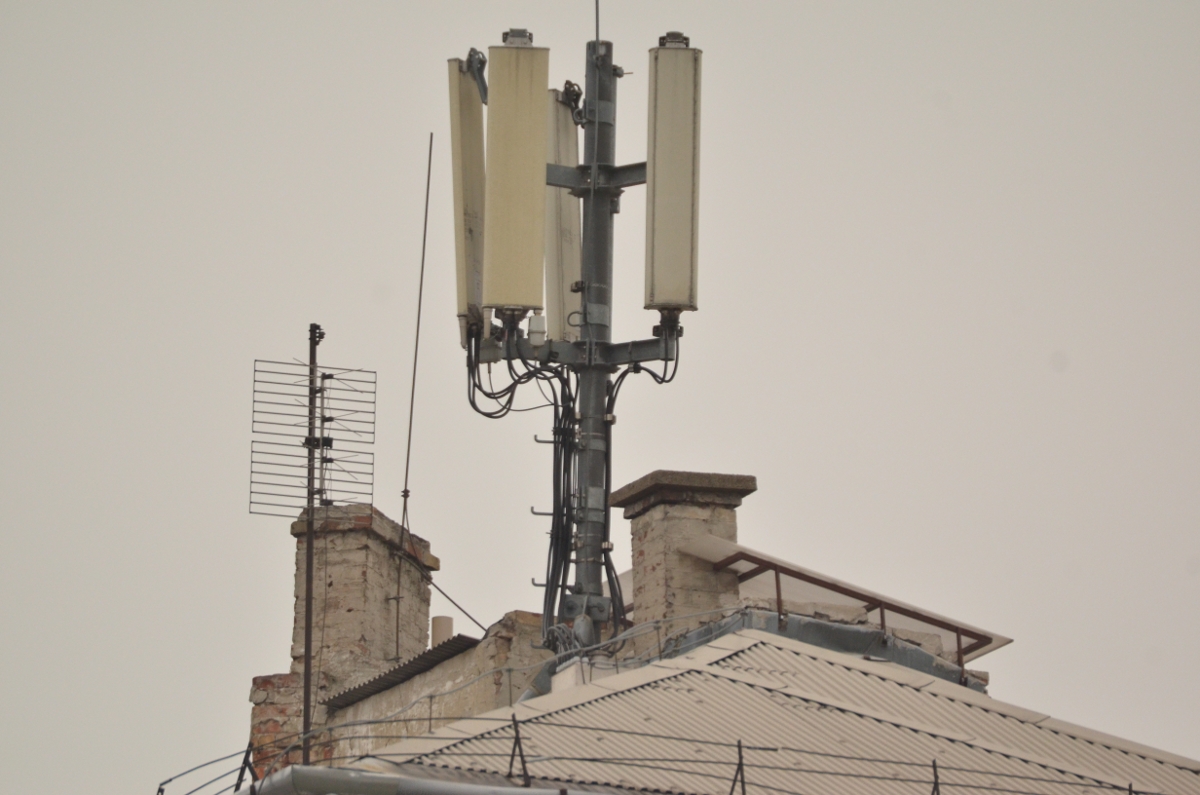Sigma 170 500 review
Sigma 170 500

Sigma 170 500
Official name
The official name is Sigma DG 170-500 f/5-6.3 APO
Note
The copy I checked was not the latest version of the lens.
Introduction
This lens particularly interesting to me as a bird/wildlife photographer. If someone wants to photograph bird or wildlife the most important thing to get is a good long lens.
Introduction
This lens doesn’t has af-s focus motor, this way cannot auto focusing on Entry-level camera bodies like Nikon d3xxx, and d5xxx cameras. On a D7000 works as it expected. Metering perhaps also not supported.
Specifications
Optical formula:13 elements in 11 groups
Focal length:170-500mm (I don’t checked if the 500mm is really 500)
Aperture: f/5-6.3
Aperture blades:9
Close focus distance:3m and 3.2m in tele setting
Weight: 1345g
Dimensions:92*232mm
Filter size:86mm
Compatibility: Full frame
Available mounts: Canon, Nikon, Sony, Pentax
Range
The 170-500mm focal range is almost perfect, if it would be longer would be even better, like the Tamron 150-600mm. This range makes very easy to track objects, or framing. We can make “landscape like” shots or close portraits as well.
General knowledge to this lens
The Sigma 170-500mm is a very long lens. Apart from bright sunlight not really usable. If someone wants to handhold this lens, at 500mm a shutter speed of 1/1600s or faster speeds I would prefer to make critically sharp shots for longer distances, not defined by camera shake, or at least 1/400 in really close subjects. What does it mean ? Use a tripod, or you need a very good camera with high iso capabilities or/and sunnny weather. If you are a birder this is perhaps an f9-f11 lens at 500mm, if we compare it to the Canon 400mm which is f5.6, is a 1.5-2 stops difference. This lens is not light, handholding over a period needs power. If you 60kg and wants to handhold this lens, perhaps try first if you like it or not. For me I don’t feel the lens particularly heavy, but I realized to hold it continuously to point at a bird for minutes for example would be tiring. Not really a tipical “walkaround” lens. Better from a hide or from car window or with some kind of support.
Optical quality – Sigma 170 500
The pictures this lens produces are very interesting. First I was surprised on the results of the Sigma 17-500mm. The results was better than I expected. But as I checked the pictures on the computer the nice ones are all was on the short focal length of the lens(170-290mm range). The results at 500mm is not really as good as I would like. The problem is not the resolution, more of a lack of contrast, and “punch”. The resolution is not bad actually. Some people would say in post processing can deal with that. I am not sure. It is possible to give the picture more contrast, but the lack of appearance(softness) of the picture how to treat ? Unsharp mask can help in some extent. Why to buy such a beast? Huge and heavy, I guess everybody interested in the performance at 500mm, not at 170-300 range. At 500mm the performance between f6.3(wide open) or f8 are not very visible. At f10 gets sharper. If we stop down further perhaps can get better results I don’t know.
Optical quality 170-300mm – Sigma 170 500
At this range the Sigma 170 300 produce nice sharp images. At 170mm even wide open the sharpness is very good.

Optical quality 300-500mm – Sigma 170 500
This range especially at 500mm the images gets softer, retaining lower amount of contrast.
 Sigma 170-500 on Nikon d7000 500mm f/8 1/640s the quality for close distances is quite good
Sigma 170-500 on Nikon d7000 500mm f/8 1/640s the quality for close distances is quite good

Sigma 170-500 f/6.3 1/2000s Nikon d7000 iso 1250 overcast weather, here can be see that sharpness is decreases in longer distances (50-150m).
Bokeh
With this long lens is extremely easy to make nice bokeh, especially at closes distances (3-15m). This way the subject is stands out of the background which makes the picture looks more sharp. In some situations though the bokeh is not nice.
Mechanical quality
The lens is big and heavy and not so properly made as I would expect. The dust can enter behind the front element. The zoom ring turns very hardly. It is a significant power need to turn it. Seems so the lens is properly assembled, not falling apart, but looks consumer grade. The zoom is creeping if we turn the lens up or downwards. The lens uses traditional screw-drive motor for focusing not silent and quick HSM which is used in the later Sigma 50-500 for example.
Lens fabrication
The lens made in Japan.
Alternatives:
There are many:Sigma zooms (Sigma 120-400, 50-500,15-500 os, etc), Tamron 150-600 vc, Canon Nikon primes and zooms, like Canon 400mm f5.6, Canon 100-400 f5.6, Canon 300f4 with 1.4x converter, Canon 200f2.8+2x, Nikon 200-400 f4, Nikon 300 f4, manual focus Nikon 400 f3.5, Nikon 500 f4P, older Sigma 400 f5.6. The longer Canons and the Nikons are much better and much more expensive. I guess the Tamron is better, as it is reported almost the same eage as the Canon 400mm f5.6. Sigmas are similar, except the 500mm f/4.5 prime which is much better, and much more expensive. The 200mm f2.8 Canon with a 2x converter is not so obvious is better or not, not especially for optical quality, but more for birding purposes practically. The Sigma is longer, but Canon seems better contrast and colours, perhaps even with a converter, but perhaps the Sigma has better resolution, than the Canon with the 2x. The Canon 200L without converter or with the 1.4x is much better. The Canon 200 is also much more expensive used.
Price/performance
The good news one can have this beast in used condition for 300-400 Euro, or even cheaper. For this money this lens has a very good value.
Strengths:
At smaller focal lengths the lens is quite sharp (170-300mm) at 170mm even wide open(f5). At smaller distances(10-15m) quite usable even at 500mm f/6.3. Long range and versatile, this is a definite advantage over the prime lenses, widely used in bird or wildlife photography. One can compose the shoot he wanted, easier to track moving subjects. If you want to hand hold 500g lighter than the Sigma 50-500. Bokeh easily can be generated which makes picture sharper and more unique.
Weeknesses:
Slow(at 500 gets sharp at f10 on a Nikon d7000) big and heavy, dust can enter behind the front glass, zoom ring hard to turn, softer at 400- 500mm, and little soft overall, autofocus is slow and noisy.
Conclusion:
On a tight budget this lens perhaps a good compromise, used. For 300-400 Euro used this lens has a very good value, if one can live with it’s shortcomings, like big weight and bulk, not excellent build and slow focus, softness at longer focal lengths.